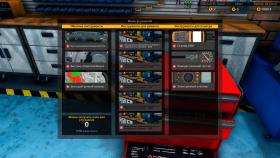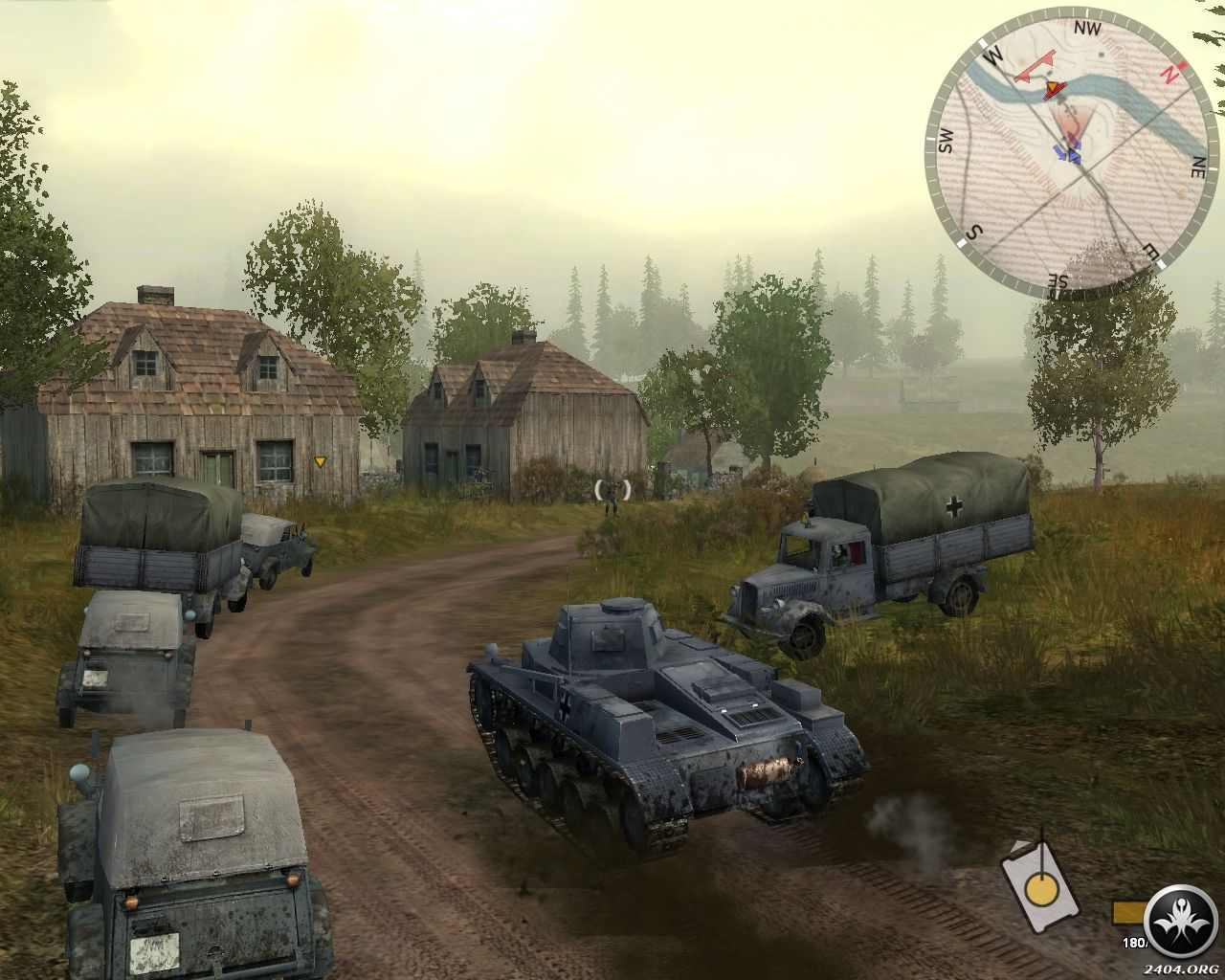
To see what can be accessed by your currently selected tool (including fluids), press the TAB key.

Note, the tire air pressure fill and gauge is a fluid-type tool. To adjust fluid levels, go pick up the appropriate fluid container, and your repair mode will automatically switch to “fluids” and you will see the appropriate icon near your circular mouse cursor. Additionally you can hold one fluid container. You can hold up to 3 slotted tools, such as ratchet, screwdriver, spanner, square key spanner, etc. This will remove the tool from your tool slot. Or, alternatively, you can set your tool down by clicking on the spot on the table where the tool came from. To use a different tool, click on the different tool, and it will replace your previous slotted tool. If you have only one tool slot (as you do when starting the game), you need not make this selection, the game will assume you always mean tool 1. To activate a tool slot, press 1, 2 or 3 on your keyboard. You have up to 3, but at the start of the game you have just one. To use a tool, go to its location and left-click. There are various toolboxes and fluid containers arranged around the shop. This is your upgrades store, allowing you access to more tools, more testing equipment, and more job variety. for exhaust emissions, you may want to review the report later on. (8) View Test Report. After you have unlocked various diagnostic tests e.g. However, “change oil” means the old oil must be drained first then fresh oil added until the 100% level.

If the tasks says “check oil level and refill if necessary,” it will always require you to top off the fluid mentioned in the job. Regarding job orders, be very careful of the language. Three, you can click a checkbox next to each task to indicate to yourself that you completed it. Two, if you click on the eye icon next to the job task description, it will show you a cutaway view of the bus, highlighting the part needing repair. One, be sure you are doing exactly what is ordered. A pencil icon will indicate that you are writing in the condition % for the part into this list, so you can go fetch those parts from shop inventory later on. When you are in inspection mode, which is useful once the more advanced orders start to occur, you will want to check items needing replacement, and add them to this list by clicking the part after inspection. (6) Spare Parts List. Icon: page of notes. (Strange place to put this info, but OK.) The job order will also list the bus type and specs but not include the bus image. While in Inventory view, a graphical display of the bus you are currently working on will appear, along with its specifications. To remove an item, visit and click on any waste bin, which will open your inventory and allow you to click parts to remove. If you want to add an item, go to the appropriate shelf in the shop and click on a part to add it. Open this to review what you are currently carrying. (5) Inventory (Personal). Icon: Shelf with cases. Icons and functions: these are the same as the mode descriptions above, also accessible through the usual interface via pressing Q and R. From the left, the selectable menu items are: To close the menu or menu items, click the exit icon, or press the ESC key.

Also, the door control allows you to drive the bus over to a test stand, for adjusting lights, testing the exhaust emissions, etc.īring up the menu at anytime by a right mouse click, or by pressing M. To turn this off, hit F6.ĭoor Controls: As mentioned in the Intro, the door controls allow you to sign off on an order when done. By moving in and out, side to side, you can maneuver the camera to just where it is needed to work on a part. When you need to view an object from a different angle that you just can’t get by crouching or moving to the side, press F5.
Tank mechanic simulator console commands free#
Q changes the mode to the next one on the left, and R changes the mode to the next one on the right.į5 & F6: Free Camera On / Off. See the icons at lower right? These indicate which mode you are currently in, and there are 4: Crouch in order to get closer to wheel nuts and to duck under obstacles such as the wheel axle lift. Onscreen you will see an icon appear when crouched.

Left mouse click: Activate / use / open / closeĬTRL or C: Crouch down.


 0 kommentar(er)
0 kommentar(er)
